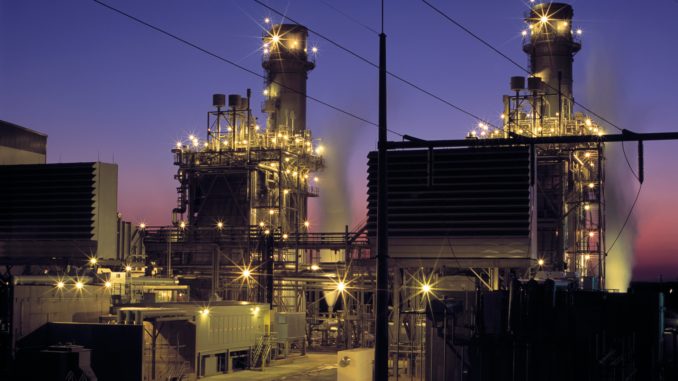
Waste-to-energy (WTE) is a form of energy recovery that converts non-recyclable waste into electricity or heat. This process is also known as waste incineration or thermal treatment.
Waste-to-energy plants burn non-recyclable waste at high temperatures, creating heat that is used to generate electricity or heat homes and buildings. The process also reduces the volume of waste that needs to be disposed of in landfills.
Waste-to-energy plants can convert a variety of waste materials into energy, including municipal solid waste (MSW), industrial waste, and even sewage sludge. WTE plants can also produce a byproduct called ash, which can be used for construction or road building materials.
One of the main benefits of WTE is that it reduces the amount of waste that goes to landfills and reduces the need for new landfills. It also reduces greenhouse gas emissions from landfills.Waste-to-energy plants can generate electricity and heat for homes and buildings, which reduces the need for fossil fuels.
However, WTE has also faced criticism as it’s an incineration process which release pollutants like dioxins and heavy metals, also the process of incineration is relatively expensive compared to other forms of renewable energy. The ash produced can also contain harmful chemicals that need to be safely disposed of.
Overall, WTE is a form of energy recovery that can help to reduce the amount of waste that goes to landfills and produce electricity or heat. It has the potential to be a valuable source of renewable energy but also has potential negative environmental impacts that need to be considered.
Examples of waste-to-energy plants:
- Copenhagen’s Amager Bakke, Denmark: One of the most high-profile waste-to-energy plants in the world. It uses a ski slope on its roof as a public attraction and has a capacity of 400,000 tons of waste per year.
- Pinellas County Waste-to-Energy Facility, USA: One of the largest waste-to-energy plants in the United States. It has a capacity of 1,050 tons per day and generates 37 MW of electricity.
- Okhla Waste-to-Energy Plant, India: One of the largest such facilities in the country. It has a capacity of 16 MW and processes over 2,000 tons of waste per day.
- Spittelau Waste-to-Energy Plant, Austria: An innovative facility that uses art to promote sustainable energy. The plant was designed by artist Friedensreich Hundertwasser and has a capacity of 252,000 tons per year.
- Plasco Energy Group Waste-to-Energy Plant, Iran: Was one of the largest such facilities in the Middle East. It had a capacity of 350 tons per day and used plasma technology to convert waste into electricity. However, it was destroyed by a fire in 2017.
